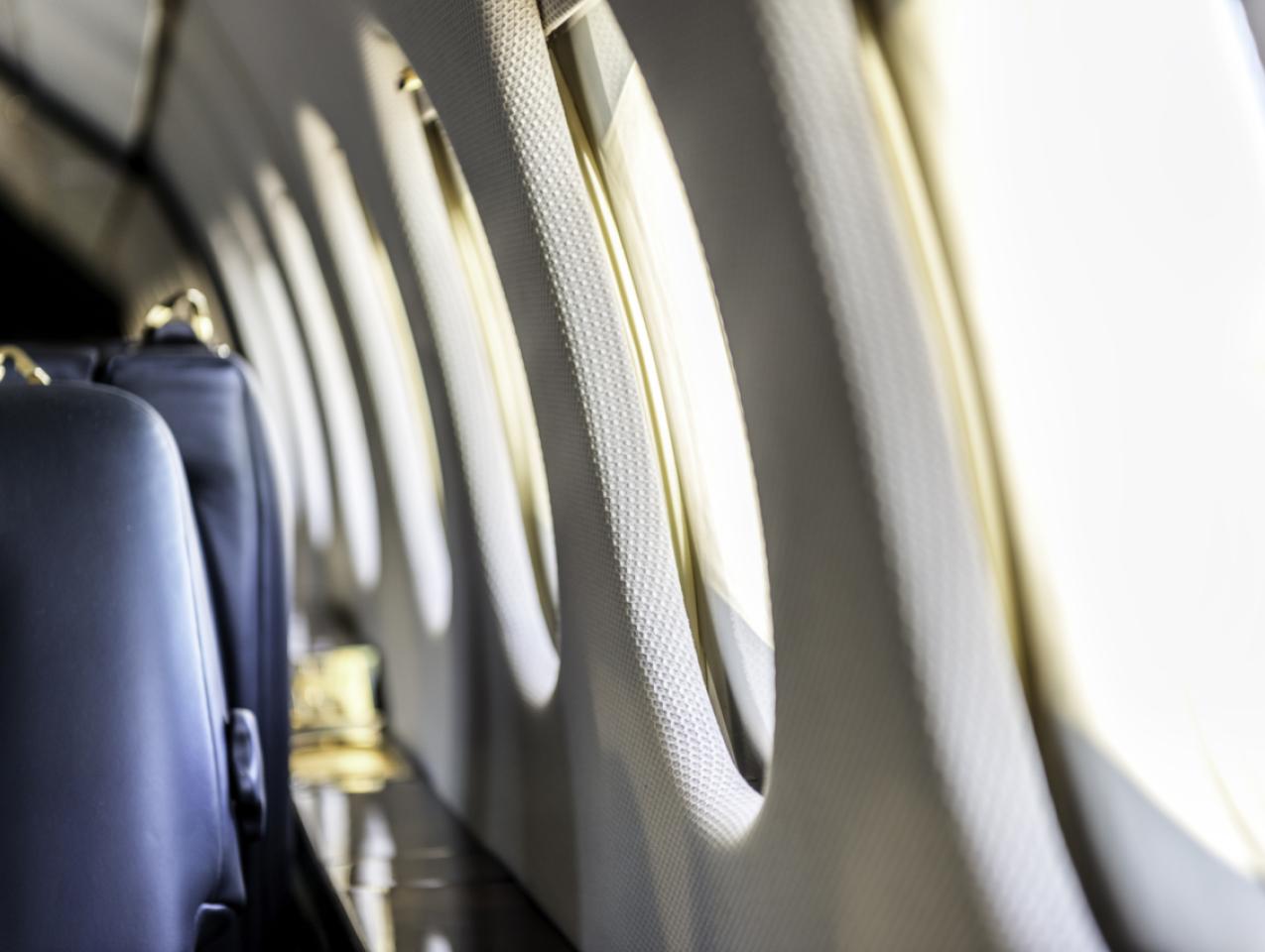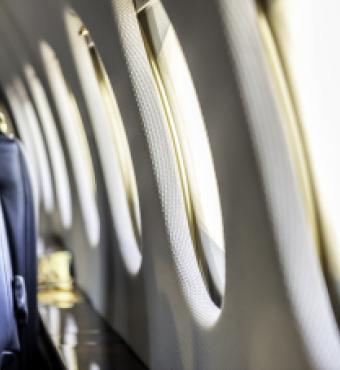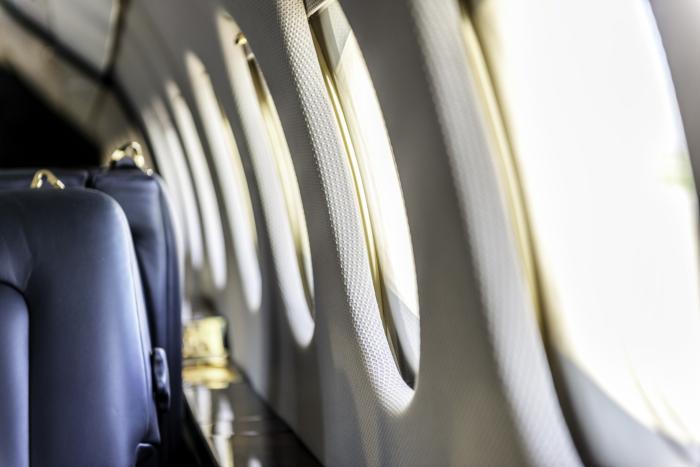The two recent crashes of Boeing 737 Max airplanes with the deaths of all aboard were tragic. It’s understandable that government agencies around the world, with the U.S. Federal Aviation Agency being the last, have grounded all 737 Max airplanes until they know more.
Those government actions could actually cause more fatalities than they prevent.
The reason is the law of unintended consequences. Any action you take may, in the best circumstances, achieve what you intend. But people’s actions often cause unintended consequences that offset the good effects of the actions. Examples of unintended consequences, especially consequences of partially thought out government policies, are many. In this article, though, I’ll note two, on airline safety and car safety.
Some airlines have few 737 Max airplanes and won’t be much affected by the prohibition on flying. Other airlines, such as Air Canada, have a large number of such planes, not in absolute terms but as a percentage of their fleet. According to its website, Air Canada’s fleet has 172 airplanes that carry 150 passengers or more. Of these, 24, or 14 percent, are 737 Max 8s. Air Canada is scrambling to adjust. When I called last Friday to inquire about seat choice for a trip this summer, the person who answered explained that my 42-minute wait on the phone was due to that scramble.
Imagine, as seems reasonable, that Air Canada adjusts by replacing some of the 737 Max 8s with smaller airplanes, such as its Embraer 190. This would make sense if some 737 Max 8s had, say, 50 seats going empty. Then it might need to drop frequency on shorter routes flown by the Embraer. Other airlines, in the United States and elsewhere, might make similar decisions.
The shorter the route dropped, the more likely it is that some people who would have otherwise flown would, instead, drive.
There’s the rub. Ample data show that for a given passenger, the probability of dying in a car is two orders of magnitude higher than the probability of dying on a commercial flight going the same distance. Specifically, for U.S. commercial airlines between 2000 and 2010, a time that includes 9/11, there were 0.2 deaths per 10 billion passenger miles. For U.S. driving, by contrast, in 2000 there were 150 deaths per 10 billion passenger miles. That’s a ratio of 750 to 1. It’s true that driving has gotten safer, but so has commercial airline travel. For any given year, therefore, my two orders of magnitude comparison is reliable.
That means that grounding the 737 Max 8, if it causes some flights to be cancelled, could well cause more deaths on roads than the number of airline passengers’ lives it saves. This conclusion follows directly if everyone who gets bumped from a short flight drives instead and if the 737 Max 8 is not more dangerous than the other aircraft. But it follows even if we weaken both of those assumptions. Let’s say that as few as 10 percent of people bumped from short-haul trips drive instead. And let’s even grant that the 737 Max 8s are more dangerous, even 5 times as dangerous.
Then do the math. Ten percent of people drive, thus choosing an option that’s 750 times as risky per mile as flying. But even if the 737 Max 8 is 5 times as dangerous as the average commercial airplane, those 10 percent are choosing an option that is 150 times as dangerous as the grounded 737 Max 8. Since 10 percent choose to drive, that’s 15 more deaths in driving (10 percent of 150) per death saved by not flying. That’s not a good deal for passengers.
But those deaths would not be visible and not one person in 100 would recognize the connection. So what might look like a success—no lives will be lost on 737 Max 8s—might actually be a tragic failure.
Over 160 years ago, French economist Frederic Bastiat noted the invisibility of some of the bad effects of government policy. In his most famous article, “What Is Seen and What Is Not Seen,” Bastiat wrote:
In the sphere of economics an action, a habit, an institution or a law engenders not just one effect but a series of effects. Of these effects only the first is immediate; it is revealed simultaneously with its cause, it is seen. The others merely occur successively, they are not seen; we are lucky if we foresee them.
The entire difference between a bad and a good Economist is apparent here. A bad one relies on the visible effect while the good one takes account both of the effect one can see and of those one must foresee.
The effects on drivers, though not seen, can be foreseen.
Bastiat’s statement is a nice formulation of the law of unintended consequences. That law, plus Bastiat’s way of writing it, is one that I taught every one of my economics classes in my first lecture.
Moreover, the 737 Max 8 might not be much more dangerous than the other commercial airplanes. The reason has to do with another important principle from economics, the idea that incentives matter.
Notice that U.S. airlines that were using 737 Max 8s did not quit flying them after the two major crashes.
Why? With everything happening and everyone aware of it, these airlines would have been foolish to keep flying the planes if they thought the risk was too great. If only one airplane went down with 100 or more people on board, the airlines would be out a lot of money. And even if the lawsuits were limited, the damage to their reputation would be huge. When companies make bad judgments, it’s not just courts that punish them: consumers are even more ruthless. In “Brand Names,” written by UCLA economist Benjamin Klein in my Concise Encyclopedia of Economics, Klein considers the case, in 2000, of defective Firestone tires on Ford Explorers. He notes that in the three weeks after Bridgestone, the Japan-based parent company of Firestone, announced the recall of the tires, Bridgestone’s stock price fell by almost 40 percent. After word got out that Ford had been aware of the possibility of a tire failure more than a year before the recall, Ford’s stock price fell by 18 percent relative to the S&P 500 index. The losses totaled a whopping $7 billion for Bridgestone and almost $10 billion for Ford. Investors were apparently expecting a large negative reaction by consumers.
So the airlines that fly 737 Max 8s have an incentive not to fly them if they think the risk is too high. The fact that they didn’t decide to ground them, then, is prima facie evidence that they think the risk is not a lot higher than the risk of other large commercial airplanes.
Another area in which government regulation reduces one risk but, by doing so, has increased another risk, is auto safety. In the mid-1960s, in response to Ralph Nader’s book Unsafe at Any Speed, the federal government legislated a number of safety measures that made cars safer for their occupants. Those measures included padded dashboards, collapsible steering columns, and seat-belts. The measures worked. But how did people respond when their cars were safer for those inside? They drove more intensely: faster and closer to the cars in front of them. Economist Sam Peltzman of the University of Chicago laid out the result in a 1975 article in the Journal of Political Economy. He found that fatalities for those inside the cars didn’t fall by anything close to the 20 percent that engineering studies had predicted. Indeed, the effect on fatalities of automobile occupants was a wash. His explanation was that the intensity of driving offset the less bad consequences of a given accident. Consistent with his intensity explanation, the number of fatalities of motorcycle riders and pedestrians increased relative to trend. They were less safe at higher speeds.
Economists call the increased risk taking in response to government making an activity safer the “Peltzman effect.” This effect is what’s so maddening about police crackdowns—“Click It or Ticket”—on people who don’t use seat belts. To the extent the police are successful, they put the rest of us at greater risk.
We should always remember that every action has unintended consequences. This is especially important when we consider government policy because governments respond quickly to fear.
But government officials don’t have their own wealth at risk. Airlines, airplane manufacturers, and consumers do. If airlines want to continue flying certain planes, they must be anticipating both that the planes are not too risky and that passengers will still want to fly in them. I’ll take airlines responding to incentives over government officials responding to fear and ignoring unintended consequences. That way, the odds are high that we will save lives rather than take them.
















